Music: Its Language, History and Culture Ray Allen, Douglas Cohen, Nancy Hager (Free Music E-book)
₦0.00
Music: Its Language, History, and Culture, provides a comprehensive overview of the elements of sound and music, musical instruments, composers, and various music traditions from around the world. It covers topics such as European art music, American vernacular music, jazz, and world music.
11
Items sold in last 3 months
Add ₦300,000.00 to cart and get free shipping!
11
People watching this product now!
Category: Music ebooks

Report Abuse

Description
Music: Its Language, History, and Culture, provides a comprehensive overview of the elements of sound and music, musical instruments, composers, and various music traditions from around the world. It covers topics such as European art music, American vernacular music, jazz, and world music.
Reviews (0)
Rated 0 out of 5
0 reviews
Rated 5 out of 5
0
Rated 4 out of 5
0
Rated 3 out of 5
0
Rated 2 out of 5
0
Rated 1 out of 5
0
Be the first to review “Music: Its Language, History and Culture Ray Allen, Douglas Cohen, Nancy Hager (Free Music E-book)” Cancel reply
Questions & Answers
Loading...
Shipping & Delivery
Vendor Info
Vendor Information
- Store Name: J. Sam Industry
- Vendor: J. Sam Industry
-
Address:
Nigeria
Kwara -
5.00 rating from 1 reviewRated 5.00 out of 5 based on 1 customer rating
More Products
Facebook Profile Followers
Rated 0 out of 5
Original Yamaha Keyboard/Piano New Adaptor
SKU:
yamaha-keyboard-piano-new-adaptor-1
Rated 0 out of 5
8” Rechargeable Public Address System,Bluetooth 2 Mic
Rated 0 out of 5
Professional 5 String Bass Guitar With Bag And Belt
SKU:
professional-5-string-bass-guitar-with-bag-and-belt
Rated 0 out of 5
Yamaha Hihat And Cymbal Set – 3 In 1
SKU:
yamaha-hihat-and-cymbal-set-3-in-1
Rated 0 out of 5
Mini Portable Saxophone With Carrying Bag
Rated 0 out of 5
Product Enquiry
Product Enquiry
Related products
1000(One Thousand) Hymns solfa notation – J. Sam Ebook/PDF DOWNLOAD
SKU:
1000one-thousand-hymns-solfa-notation-j-sam
Rated 0 out of 5
Become a Piano Wizard in Two Months PDF
SKU:
auto-draft
Rated 0 out of 5
Essential Elements – from Beginner to professional Saxophone E- Book (PDF)
SKU:
essential-elements-from-beginner-to-professional-saxophone-e-book-pdf
Rated 0 out of 5
Essential guide for mixing
SKU:
essential-guide-for-mixing-1
Rated 0 out of 5
Master The Keys
Rated 0 out of 5
My little Musician and I
SKU:
my-little-musician-and-i
Rated 0 out of 5
My Little Musician and I Series two pdf
SKU:
my-little-musician-and-i-series-two-pdf
Rated 0 out of 5
Picture yourself Drumming Ebook(PDF)
SKU:
picture-yourself-drumming-ebookpdf
Rated 0 out of 5
The Solfa Solutions – Mastering Music Universal Language
Rated 0 out of 5
Understanding music theory
Rated 0 out of 5

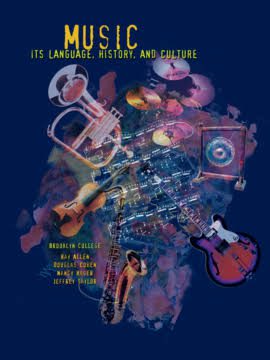



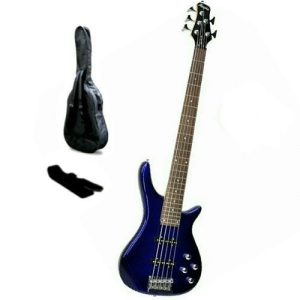
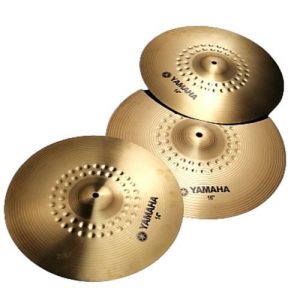

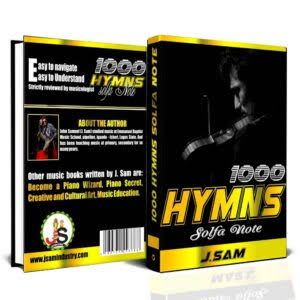
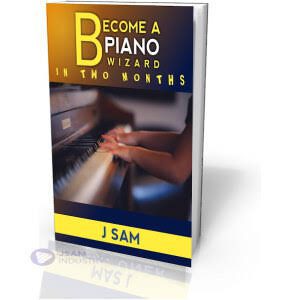
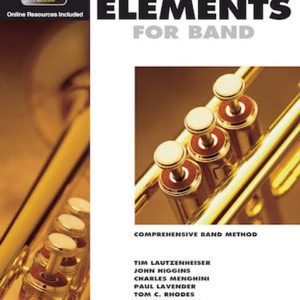
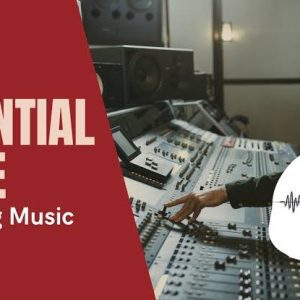


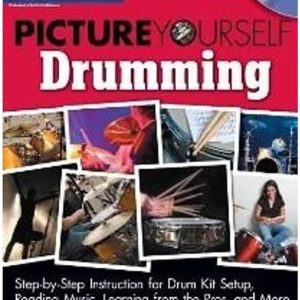
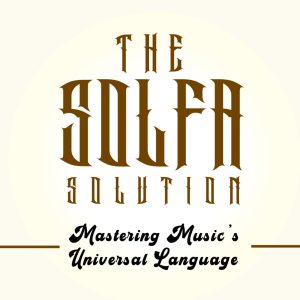
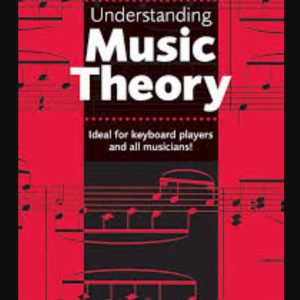
Reviews
Clear filtersThere are no reviews yet.